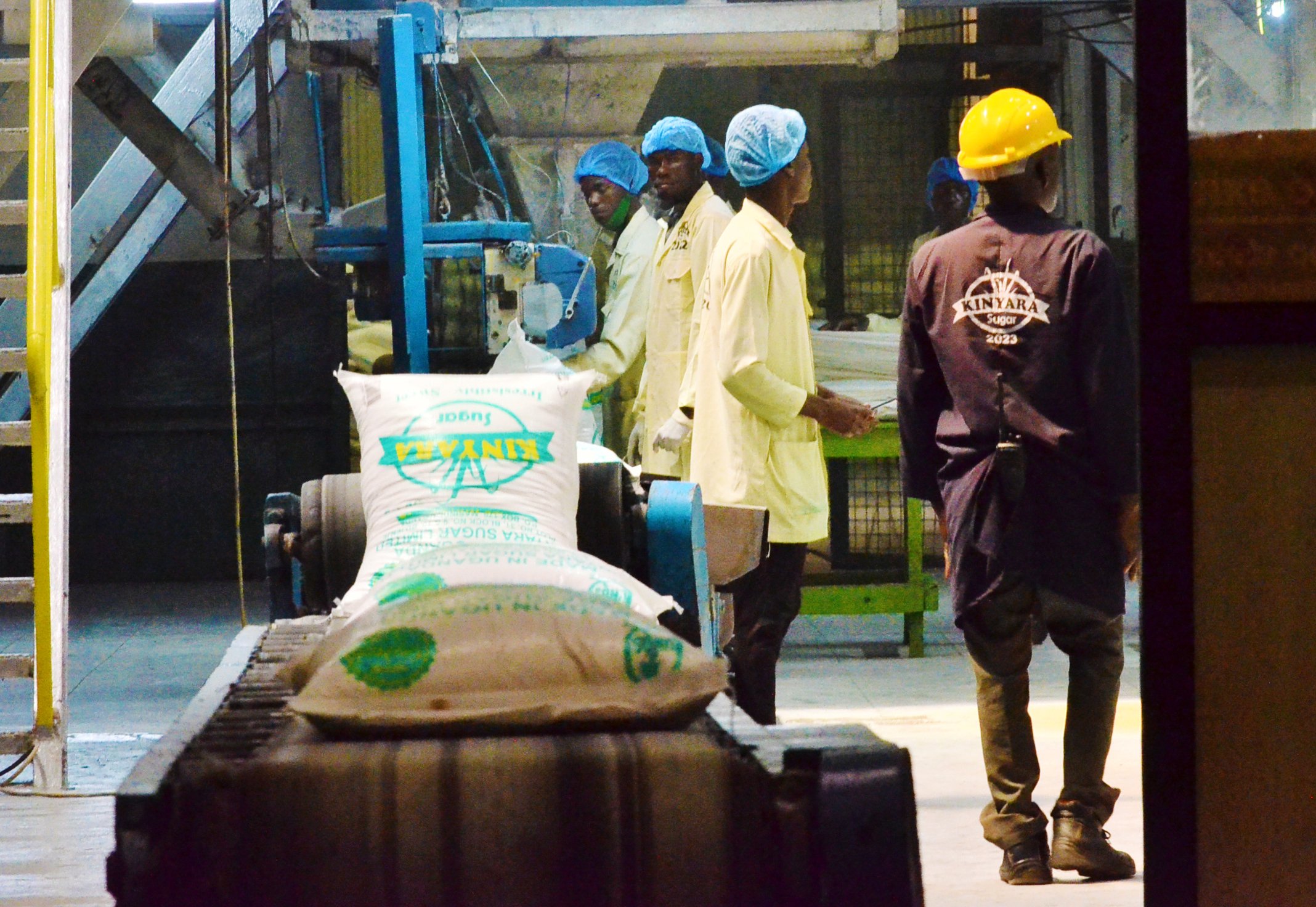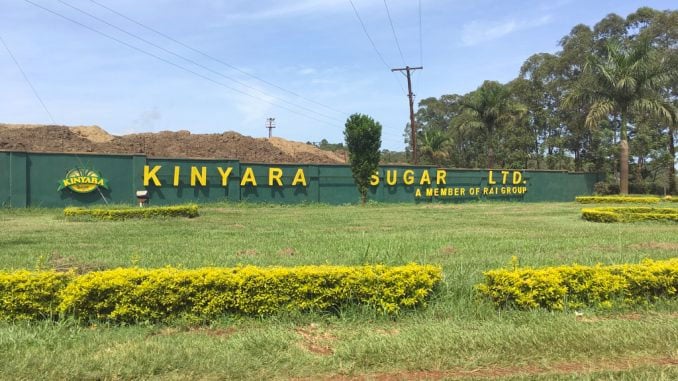Kinyara sugar factory targets 40MW from sugarcane residues

Workers bagging refined sugar at Kinyara Sugar in Masindi District. Photo/George Katongole.
What you need to know:
- In October 2008, Kinyara Sugar Works signed an agreement with Uganda Electricity Distribution Company to supply 4 megawatts of electricity to the national grid.
Kinyara Sugar Limited is embarking on a mission to enhance its current 14.5 megawatts of power generation derived from sugarcane bagasse residues to 40 megawatts, the firm has said.
On Saturday, Kinyara Sugar Deputy Agricultural Manager Sam Rugambwa told Monitor that presently, the company dedicates 12 megawatts of the generated energy to fuel its internal operations, while the remaining megawatts are integrated into Uganda's national grid through the Uganda Electricity Distribution Company.
"This approach not only powers the factory but also enriches the broader electricity network, showcasing Kinyara Sugar's commitment to supporting the nation's energy needs,” Rugambwa said.
Rugambwa adds that the factory currently faces the hurdle of sugarcane scarcity, limiting their daily crushing capacity to 5,000-6,000 metric tonnes.
This scarcity, as Rugambwa points out, directly impacts their ability to maximize power generation.
"Kinyara Sugar envisions a future where we will produce between 30 to 40 megawatts of power after a larger powerhouse is set, complemented by a strategic focus on ensuring a consistent and abundant supply of sugarcane – the lifeblood of our energy generation process," Rugambwa told this publication in an interview.
About Kinyara power
In October 2008, Kinyara Sugar Works signed an agreement with Uganda Electricity Distribution Company to supply 4 megawatts of electricity to the national grid.
However, Kinyara currently produces 14 megawatts, with about 1.5 megawatts supplied to a national grid and 12 megawatts used for its operations.
Currently, the energy generated by Kinyara Sugar Limited predominantly energizes their factory operations, with a surplus of 1 to 2.5 percent being channeled back to the national grid.
Kinyara generates its power after the fibrous residue from the process of crushing sugar cane, known as bagasse, is burned to heat water in boilers and produce steam, which is pressurized and used to drive turbines, which then generate electricity.




